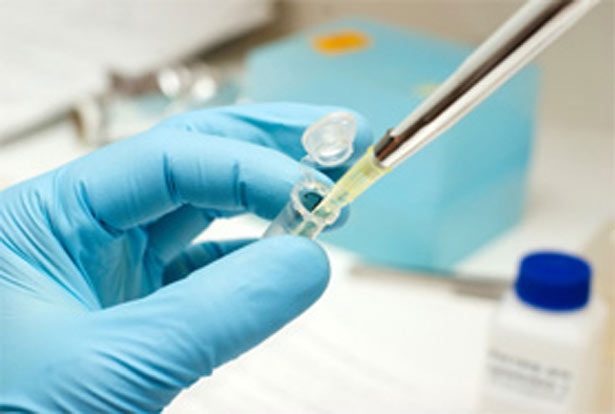An international study has demonstrated the potential promise of a new type of anti-arthritic therapy that could overcome some of the limitations associated with current drug options.
Published in the latest issue of the American Journal of Pathology, the research highlights the possibility that a compound called DTrp8-gamma MSH (DTrp) could be viewed as a starting point for a new class of anti-arthritic agents that effectively treats multiple inflammatory diseases at the same time.
Inflammatory conditions can occur simultaneously at several sites in the same patient, a phenomenon that complicates treatment strategies due to the fact that some medications that are effective for one disorder can exacerbate another. For example, the arthritis therapy dexamethasone alleviates joint disease, but can worsen periodontal bone disease.
For the new research, conducted by the Queen Mary University of London and the Universidade Federal de Minas Gerais in Brazil, the team examined the efficacy of different therapies on mice with arthritis that were also suffering bone loss in the tooth socket area.
Generally, bone loss in the jaw correlated with the severity of localized inflammation in the joints, but treatment with dexamethasone made their bone loss worse, even though it offered potent anti-arthritic effects.
However, when DTrp was used, a highly positive correlation between clinical score and bone loss was observed, meaning reduced bone loss and better anti-arthritic effects were achieved at the same time.
It is hoped that this drug - and other similar therapies that work by harnessing the anti-inflammatory mechanisms of the body's melanocortin system - could represent a new frontier for treating arthritis more effectively.
Source: arthritisresearchuk.org







